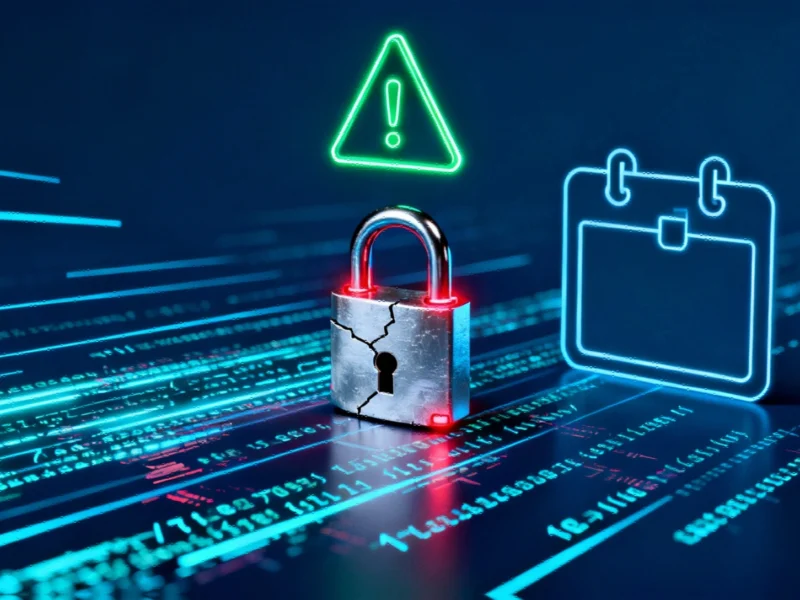The $95 Billion Digital Identity Problem
Global businesses are reportedly losing approximately $95 billion annually due to inadequate digital identity verification systems, according to new research from PYMNTS Intelligence conducted in collaboration with Trulioo. The study suggests these verification gaps are costing companies an average of 3.1% of their annual revenue through multiple channels beyond just direct fraud losses.
Table of Contents
Beyond Fraud: The Hidden Costs of Complacency
The report indicates the financial damage extends far beyond traditional fraud metrics. Sources suggest companies are experiencing significant revenue erosion through false declines, slowed customer onboarding, regulatory exposure, and diminished customer trust. Analysts describe these as “hidden taxes of complacency” in today’s hyperconnected digital economy.
“Good enough identity verification has become a silent growth killer,” the report states, highlighting how verification gaps transform from security issues into revenue traps that alienate customers and curb market expansion.
The Perception Versus Performance Gap
Researchers identified a concerning disconnect between corporate confidence and actual performance. According to the analysis, 96% of firms claim they can detect harmful bots, yet nearly 60% continue to battle bot-driven fraud. This overconfidence gap is reportedly costing companies billions in preventable losses.
The survey covered 350 companies across multiple sectors including financial services, gig platforms, online marketplaces, retail trade, software platforms, and travel and hospitality. The research was conducted from August 1 to September 10, 2025, across global markets including North America, Europe, Asia-Pacific, and Latin America.
Leaders Versus Laggards in Digital Identity
Firms utilizing global identity platforms are reportedly achieving significantly better outcomes, the research suggests. These companies demonstrate lower false positive rates, faster customer onboarding, and stronger compliance performance. According to analysts, these advantages are transforming identity verification from a cost center into a competitive differentiator.
“Identity verification now sits at the center of trust, growth and risk in the digital economy,” the report emphasizes, noting that businesses investing in sophisticated identity platforms are better positioned to scale securely as bots, agents, and AI technologies continue to reshape business landscapes.
Strategic Implications for Digital Business
The findings suggest that companies treating identity verification as a strategic priority rather than a compliance requirement are gaining measurable advantages. Sources indicate that top-performing firms are turning identity verification into their next strategic advantage in an increasingly automated digital environment.
As the digital economy evolves, the report suggests that the gap between companies with advanced identity systems and those settling for “good enough” solutions will likely widen, creating significant competitive implications across multiple industries.
- Global revenue impact: $95 billion annually
- Average company revenue loss: 3.1% per year
- Bot detection confidence versus reality gap: 96% versus 60% effectiveness
- Research scope: 350 companies across multiple continents and industries
Related Articles You May Find Interesting
- Central Europe Emerges as Unexpected Leader in Clean Energy Transition
- Apple Reportedly Taps Samsung for Foldable iPad Display Technology by 2029
- The Hidden Talent Crisis: How Workforce Neglect Undermines Business Performance
- Mpumalanga’s Coal Workforce Seamlessly Shifts to Renewable Energy Projects, CEO
- The Hidden Crisis: How Corporate Neglect of Human Capital Is Costing Trillions
References
- https://www.trulioo.com/
- http://en.wikipedia.org/wiki/Identity_verification_service
- http://en.wikipedia.org/wiki/Electoral_fraud
- http://en.wikipedia.org/wiki/Trulioo
- http://en.wikipedia.org/wiki/Digital_identity
- http://en.wikipedia.org/wiki/Marketing
This article aggregates information from publicly available sources. All trademarks and copyrights belong to their respective owners.
Note: Featured image is for illustrative purposes only and does not represent any specific product, service, or entity mentioned in this article.



